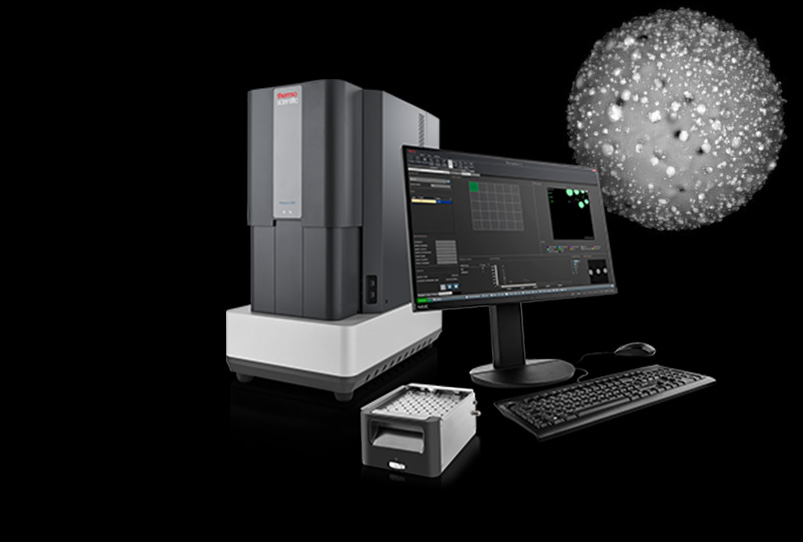Designed specifically for gun shot residue analysis


The Thermo Scientific Phenom Perception GSR is the only dedicated SEM specifically designed for gunshot residue analysis in forensics.
Using established gun shot residue analysis techniques, SEM (Scanning Electron Microscopy) is used to scan the sample and automatically locate particles, which are then identified with EDS (Energy Dispersive Spectroscopy).
Designed specifically for gun shot residue analysis
Long-lasting and high-brightness
Saves space; no special facilities required
The Thermo Phenom Perception GSR is the only SEM specifically designed for gunshot residue analysis. Automated features speed up the analysis process. There’s no need to change settings each time, leaving you to focus on the task at hand.
With EDS you can detect the presence of common elements such as Pb, Sb, and Ba, as well as Pb-free primers such as Ti and Zn.
The high-brightness CeB6 source is reliable and long-lasting, for daily use. It’s very stable and affordable compared to a FEG source, with a typical lifetime of >1,500 hours. You can detect when the source is nearing the end of its lifetime, so there are no unexpected broken filaments or interrupted automated runs.
The scan area is 100 mm x 100 mm, with a fully motorised stage. The software uses the internal scan control of the SEM for more accurate beam positioning. This is particularly useful when revisiting the particle in the GSR verification phase.
A standard sample holder can hold 30 12mm GSR pin stubs, along with the necessary calibration samples.
Introducing the Phenom Perception GSR Desktop SEM
Thermo’s webinar covers the Phenom Perception GSR workflow used in compliance with ASTM and ENFSI guidelines. It also demonstrates the accuracy of the system and outlines the best practice for the most effective analysis.
See how to collect results from up to 30 samples using a defined recipe, scan each sample frame-by-frame, measure particle morphology at high magnification and examine each particle to classify with EDS. There’s also an important step in revisiting the sample to confirm the chemistry of the particle. Finally a report is generated to present as evidence.
Watch the recorded webinar
A recorded webinar from Thermo Scientific about how to match the features and specification of a SEM to the requirements of your application.